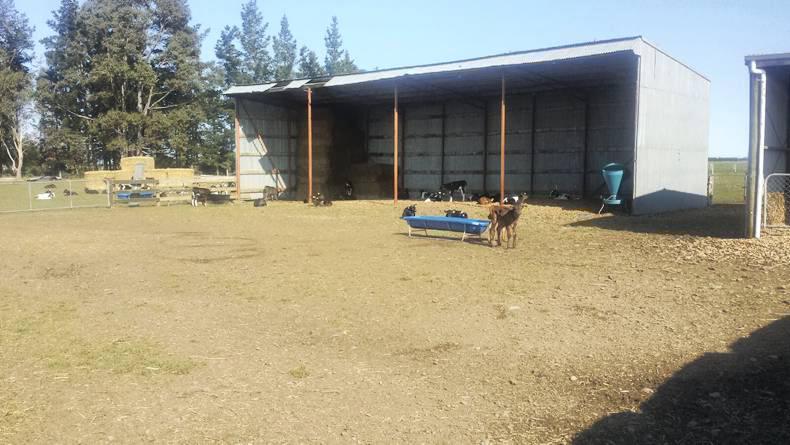We are currently hitting numbers of 10 to 15 cows calving each day, and we 290 cows left to calve.
At the minute we have one group of 570 cows (milkers). The second group has around 240 freshly calved milking cows. There is also a group of 100 once-a-day milkers, and finally a group of 100 cows that are just after calving or have been treated with penicillin.
So as you can see there are a lot of groups around the farm which can make it difficult at times to manage cow flow in and out of the parlour.
The production side
Cows are yielding 21 litres at 3.76% protein and 5.12% butterfat (1.92kg MS/cow). We’re stripping the cows regularly and our SCC has dropped to 183 from 222 cells/ml.
On the health side we have had cows with E-coli mastitis. More often than not we got it too late to save the quarter but got there just in time to save the cow. On the milk fever side we only had eight downers. It sounds a lot, but given over 1,000 cows are calved it has been a good week and they are all up again and milking.
Cows are still on a diet of grass, fodder beet and silage with magnesium and lime mixed through.
Challenges this week
One thing I’ve found is that managing a farm in Ireland and New Zealand is totally different.
The main difference is not the scale or number of cows. I find it’s the juggling of cow management grass management and the dealing with and delegating work to staff.
I find if you concentrate on one thing, for example cows, your team management will suffer. I know this from managing a 300-cow farm at home. You tend to try do everything yourself and that can cause problems on a large scale. Thankfully, I’ve been shown my mistakes and I’m slowly learning to try and not be everywhere.
Year ahead for farmers
As we all know, milk price here is on the floor. I’ve seen this week that Fonterra and the banks here are giving interest-free loans of 50c per kg milk solids produced, highlighting that some farmers are in a bad place. I can’t help but feel farms here are too highly stocked for the milk payout price and costs are too high to break even.
Some farms over the winter took the smart option and decreased stocking rate. Also, people are cashing in on a good beef price over the last few months which is inspiring people to do some culling.
I think there is a lot to learn from the good operators here. Most New Zealand farmers are focused solely on making money in any way they possibly can to survive and that is their main driving force for the long season ahead.






 This is a subscriber-only article
This is a subscriber-only article











SHARING OPTIONS: